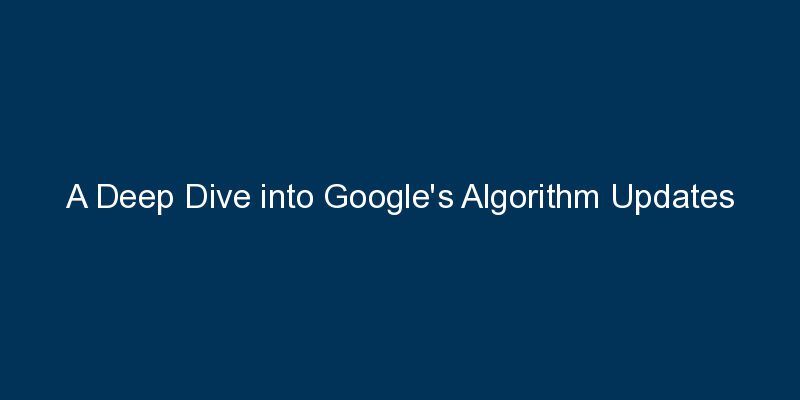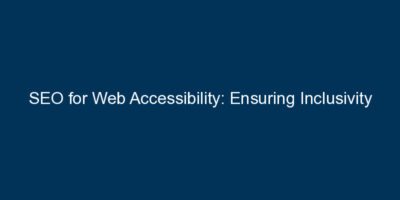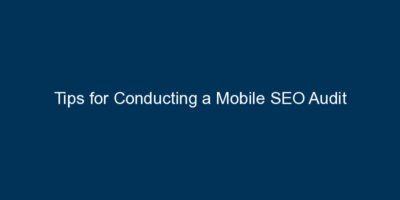Google’s search algorithm is the driving force behind the ranking of web pages in search results. Understanding the intricacies of Google’s algorithm updates is essential for anyone involved in Search Engine Optimization (SEO). In this comprehensive guide, we’ll take a deep dive into the history of Google’s algorithm updates, their impact on search rankings, and strategies to adapt to these changes for optimal SEO performance.
I. The Evolution of Google’s Algorithm: A Historical Overview
Google’s algorithm has undergone numerous updates and changes since its inception. From the early days of simple keyword matching to the introduction of complex machine learning algorithms, understanding this evolution is crucial for adapting to the current search landscape.
II. Major Google Algorithm Updates: Panda, Penguin, and More
Over the years, Google has rolled out major updates with specific focuses. The Panda update, for instance, targeted low-quality content, while the Penguin update aimed to penalize websites engaging in manipulative link-building practices. Familiarizing yourself with these updates provides insights into Google’s priorities and criteria for ranking websites.
III. Core Updates and Page Experience: Modern Algorithm Emphases
Google’s recent focus on core updates and page experience signals a shift toward prioritizing user-centric factors. Core Web Vitals, which include metrics like page speed, interactivity, and visual stability, now play a significant role in determining search rankings. Adapting to these criteria is essential for maintaining and improving SEO performance.
IV. Mobile-First Indexing: A Mobile-Centric Approach
As mobile usage continues to rise, Google introduced mobile-first indexing, prioritizing the mobile version of websites for ranking. Ensuring that your website is mobile-friendly and responsive is no longer an option but a necessity for SEO success.
V. Strategies to Adapt to Algorithm Changes: A Proactive Approach
Adapting to Google’s algorithm updates requires a proactive approach. Stay informed about industry news, monitor your website’s performance using tools like Google Analytics, and regularly update your content to align with the latest SEO best practices. Building a foundation of high-quality, user-focused content remains a consistent strategy.
VI. The Role of E-A-T: Expertise, Authoritativeness, Trustworthiness
Google places emphasis on E-A-T, which stands for Expertise, Authoritativeness, and Trustworthiness. Content that demonstrates expertise in its field, establishes authority, and fosters trust is more likely to rank well. Incorporating these elements into your content strategy contributes to long-term SEO success.
Conclusion:
A deep dive into Google’s algorithm updates reveals the ever-changing nature of SEO. From historic updates like Panda and Penguin to the modern focus on core updates, page experience, and mobile-first indexing, staying ahead requires adaptability and a commitment to user satisfaction. By understanding the evolution of Google’s algorithm and implementing proactive strategies, businesses and marketers can navigate the complexities of SEO and maintain a strong online presence.























Comments